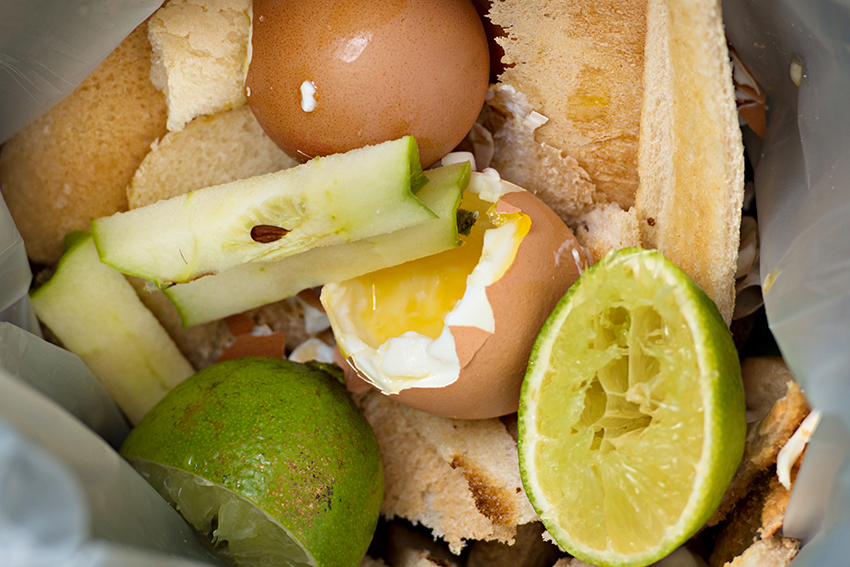The massive scale of food waste

A report just out of the Netherlands shows that food waste is a bigger problem than first thought, but that when taught about the scale of the problem and given options to make small, easy changes, people change their behaviour for the better.
Built Environment Senior Lecturer Jeff Seadon says New Zealand is typical of affluent countries, but not the worst.
“There’s absolutely room for improvement. Right now New Zealanders on average waste 32 kg of food each every year, which is 157,000 tonnes of food going to landfill. That’s incredibly wasteful, especially when you think of the efforts in growing and manufacturing that food, getting it to market and so on.”
Dr Seadon says the amount wasted is equivalent to an additional 118,000 cars on our roads when thinking of carbon emissions.
“Our top three wasted foods are bread, ‘leftovers’ and citrus (oranges and mandarins). Mouldy bread and citrus and leftovers lost in the back of the fridge till they are dried out or go mouldy are not very appetising. But until really recently leftovers would be reimagined and served up again – what we used to call YMCA (yesterday’s muck cooked again), and many of us agree that a slow cooked meal tastes even better the next day.”
What we can do now:
- Make a meal plan and stick to it
- Buy what we need for the week, and don’t speculate on what you might eat
- Use those leftovers!
Change is possible and things are moving in the right direction.
“The waste sector and local government realised that food waste was a significant problem and launched the Love Food, Hate Waste programme to give us alternatives to all this unused food. The results of the programme showed there was a slight increase in those households classed as low food wasters and a large decrease in those in the high food waste category. This goes to show that the recommendation in the paper for targeted education does pay dividends.
“Christchurch has launched curb side food waste collection and Auckland will follow suit in 2021. Ultimately reducing the food we waste is the most important thing.”